Increased Healthcare Expenditure
Japan's rising healthcare expenditure is a significant driver for the vascular embolization market. The government has been investing heavily in healthcare infrastructure and services, aiming to improve access to advanced medical treatments. This financial commitment is reflected in the growing number of hospitals equipped with state-of-the-art facilities for vascular interventions. As healthcare spending continues to rise, the vascular embolization market is poised for growth, as more patients gain access to innovative treatment options. This trend indicates a shift towards prioritizing advanced medical technologies and procedures, including embolization.
Supportive Reimbursement Policies
Supportive reimbursement policies in Japan are fostering growth in the vascular embolization market. The government has been implementing policies that facilitate coverage for advanced medical procedures, including embolization. This financial support encourages healthcare providers to adopt these innovative treatments, as they are more likely to be reimbursed for the costs associated with them. As reimbursement frameworks evolve to support the use of embolization techniques, the vascular embolization market is expected to expand, making these procedures more accessible to a broader patient population.
Rising Incidence of Vascular Diseases
The increasing prevalence of vascular diseases in Japan is a primary driver for the vascular embolization market. Conditions such as aneurysms, arteriovenous malformations, and peripheral vascular diseases are becoming more common, necessitating effective treatment options. According to recent health statistics, vascular diseases account for a significant portion of morbidity and mortality in the country. This trend is likely to propel the demand for minimally invasive procedures, including embolization, as they offer reduced recovery times and lower complication rates. The vascular embolization market is expected to benefit from this rising incidence, as healthcare providers seek advanced solutions to address these growing health challenges.
Advancements in Medical Imaging Technologies
Innovations in medical imaging technologies are transforming the landscape of the vascular embolization market. Enhanced imaging modalities, such as 3D angiography and intravascular ultrasound, allow for more precise diagnosis and treatment planning. These advancements facilitate better visualization of vascular structures, leading to improved patient outcomes. As hospitals and clinics in Japan adopt these technologies, the demand for embolization procedures is likely to increase. The vascular embolization market stands to gain from this trend, as practitioners leverage advanced imaging to enhance procedural accuracy and efficacy, ultimately benefiting patient care.
Growing Awareness of Minimally Invasive Procedures
There is a notable increase in awareness regarding the benefits of minimally invasive procedures among both healthcare professionals and patients in Japan. This growing recognition is driving the vascular embolization market, as patients increasingly prefer treatments that offer shorter recovery times and reduced hospital stays. Educational initiatives and marketing efforts by healthcare providers are contributing to this trend, highlighting the advantages of embolization techniques. As awareness continues to spread, the vascular embolization market is likely to experience heightened demand, as more patients opt for these less invasive treatment options.


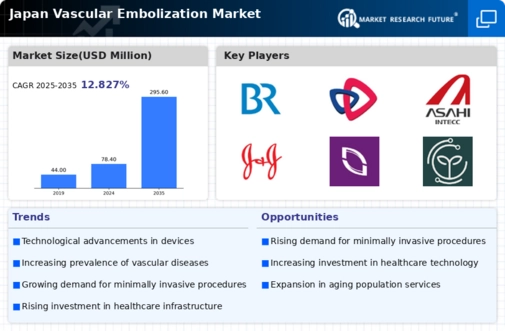
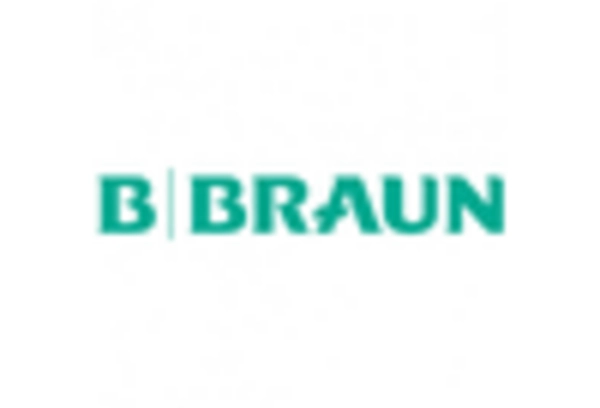

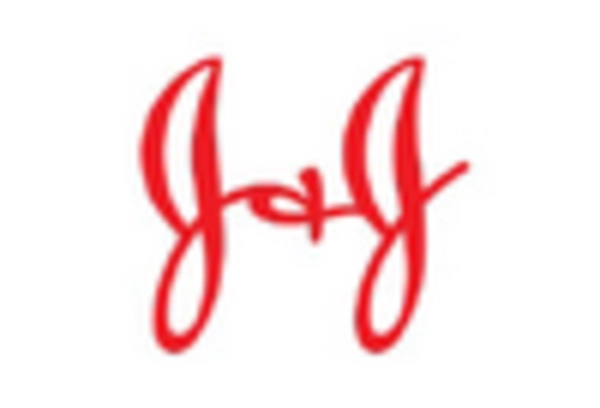

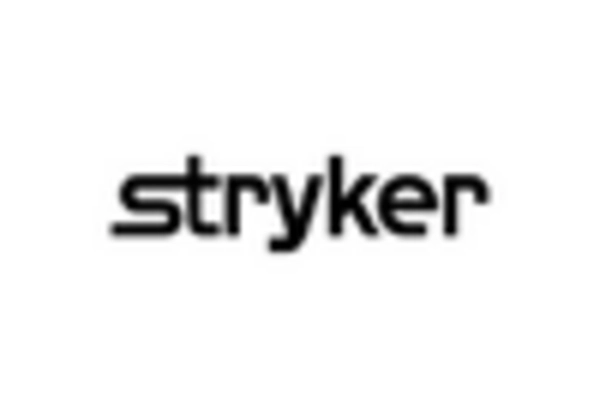
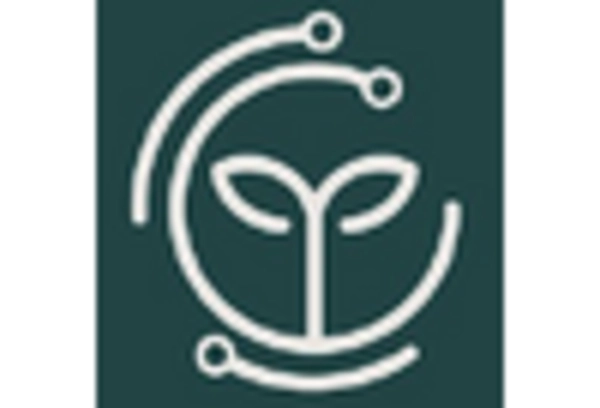








Leave a Comment